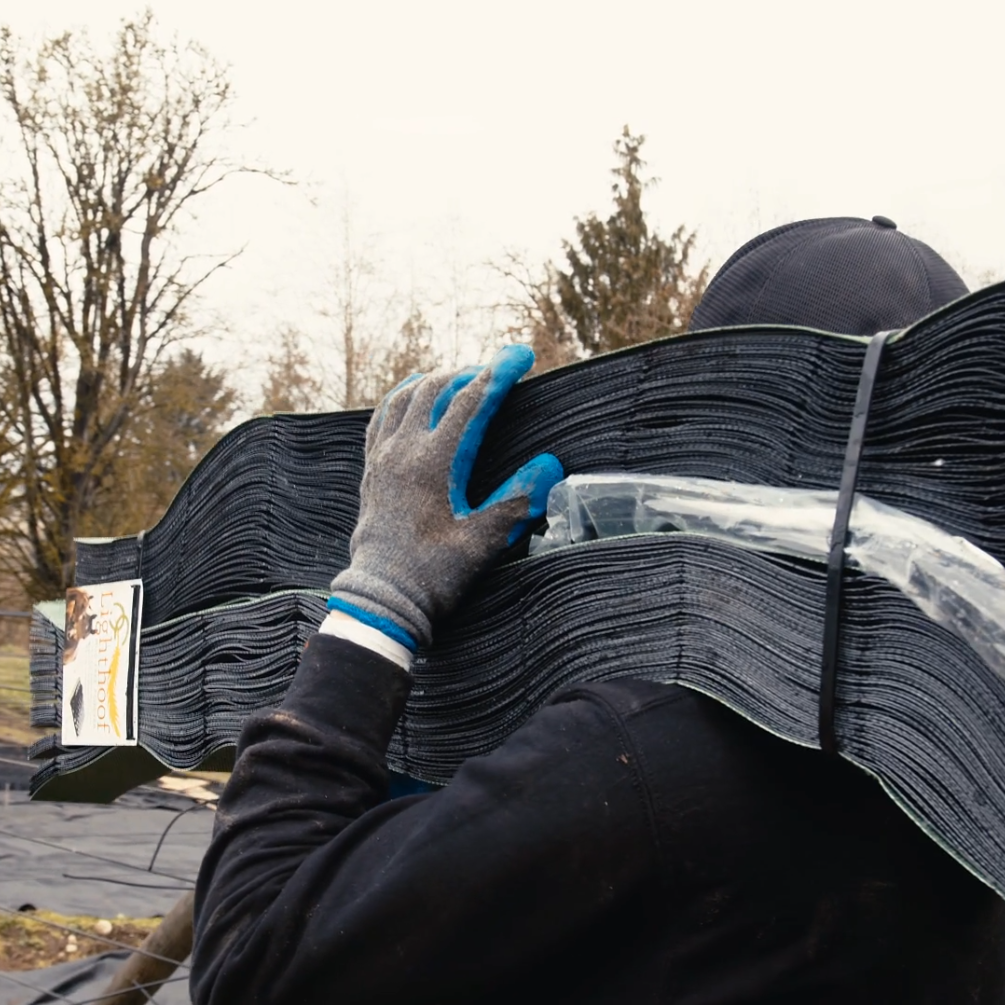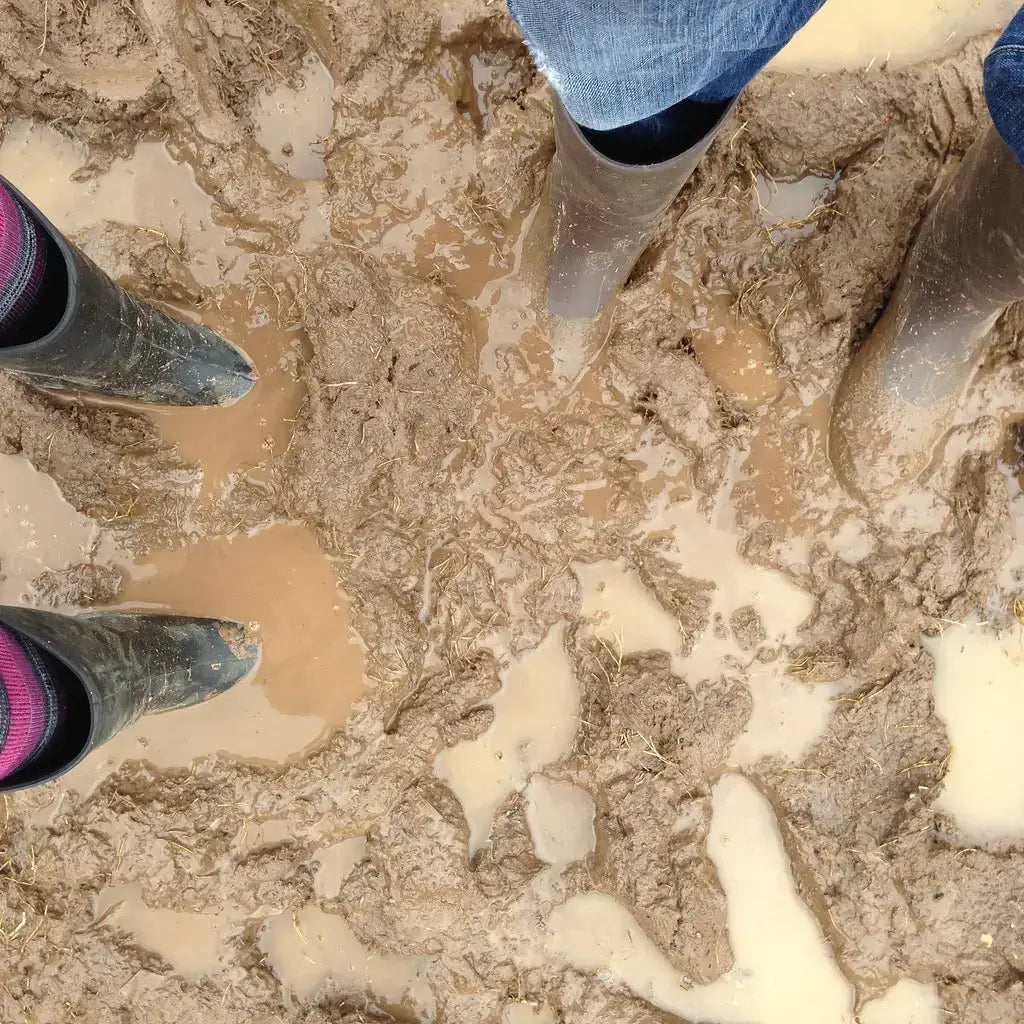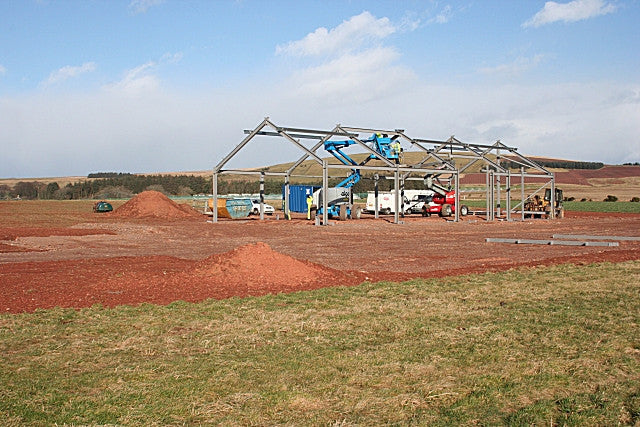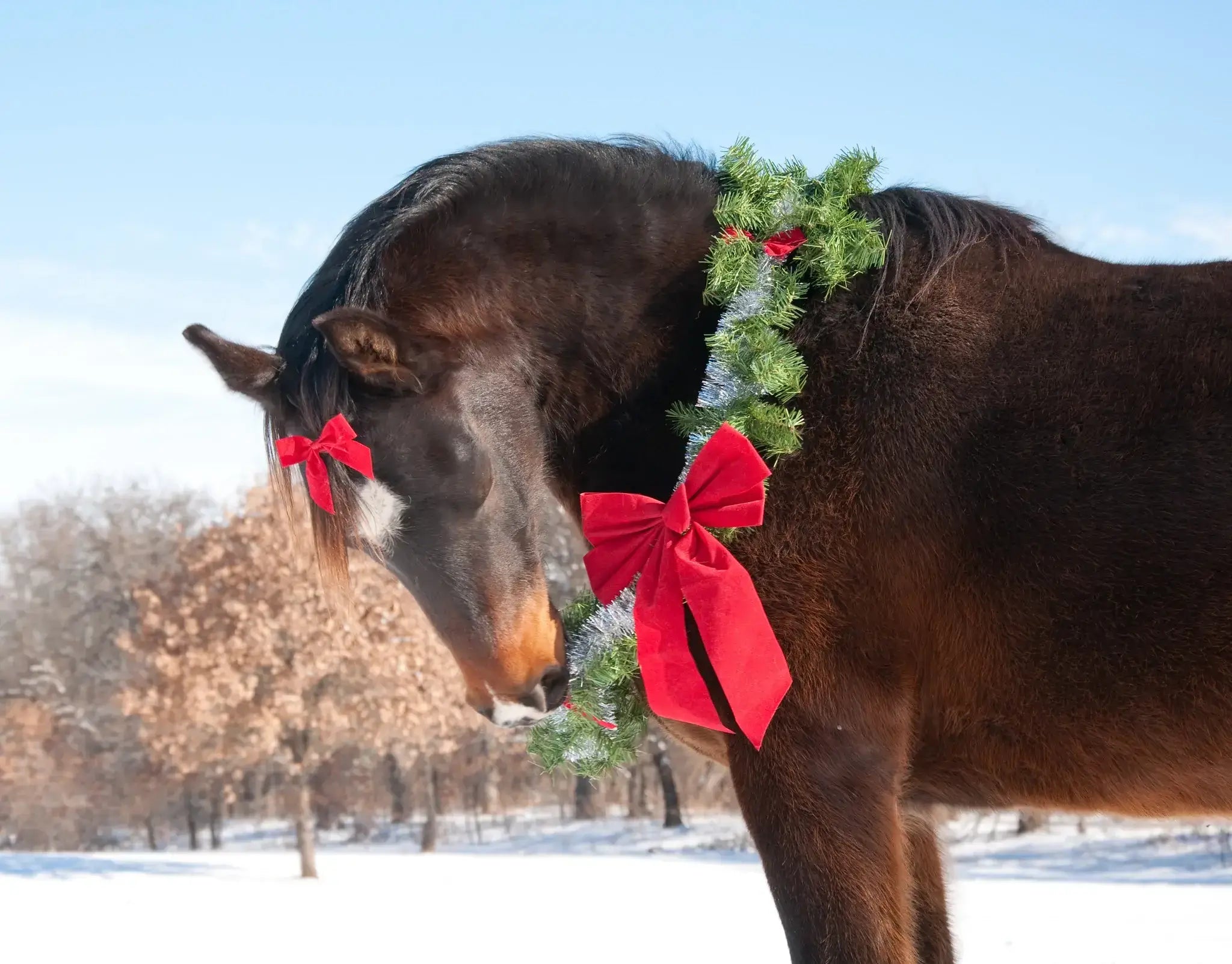In our previous installments we gave you some great ideas on what to look for when you’re trying to clean up the mud on your property. Risk factors, soil composition, maintenance were all discussed, along with taking a look at what type of use and activity your various footing types and property areas are seeing. With so many factors to juggle, sometimes it’s easy to focus on one problem as it presents itself, and not address the issue in its entirety.
Drainage and Ground Stability Go Hand-in-Hand
When it comes to mud management, you have to address two key points, drainage and the erosion that frequently comes with it. Drainage is important, because if you have nowhere for the water to flow, you’ll have muddy, soupy areas. If your property has plenty of opportunities for the water to get away, the next issue you’ll want to address is how to prevent soil erosion. Soil erosion and great drainage tend to go hand in hand, which is why property owners should consider methods to stop soil erosion in conjunction with surface and base materials that allow the accumulating precipitation a place to go. The best way to reinforce your soil and base paddock footing is to utilize a product like our innovative mud management panels. Our panels, packed with the appropriate gravel withstands the weight of your livestock and horses. Lighthoof holds your footing in place so water can run off in heavy rains without washing out your gravel investment. It’s still a semi-permeable footing solution however, so rainwater or melting snow can slowly filter through the gravel into the ground, preventing soil erosion. Barnyard mud becomes a non-issue when the firm, reinforced surface keeps the top layer in place, giving your animals a place to stand that isn’t slippery and hazardous. Without the reinforced paddock footing, any water flowing will take your horse paddock footing with it.
Mud on the farm is generally a combination of a highly permeable soil composition, nowhere for moisture and water to escape to, and a lack of ground and soil stability. Building your paddocks, or renovating your existing areas should include planning that accounts for all these factors. The problem isn’t so difficult to remedy if you’ve got a horse in the mud. In fact, we’ve made it easy with a system that’s easy to install, and gives you the know how to manage on your own. Don’t let mud on the farm claim another horse shoe, muck boot or inspire another case of scratches, and get things dry out without days of baking in the sun. Give the water somewhere to go, and realize just how fantastic being mud-free forever can be!





Leave a comment
This site is protected by hCaptcha and the hCaptcha Privacy Policy and Terms of Service apply.